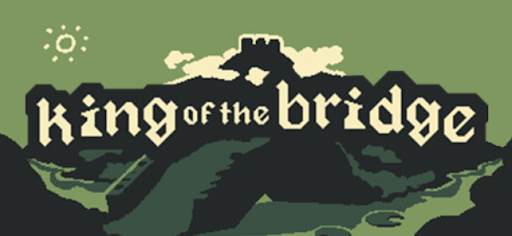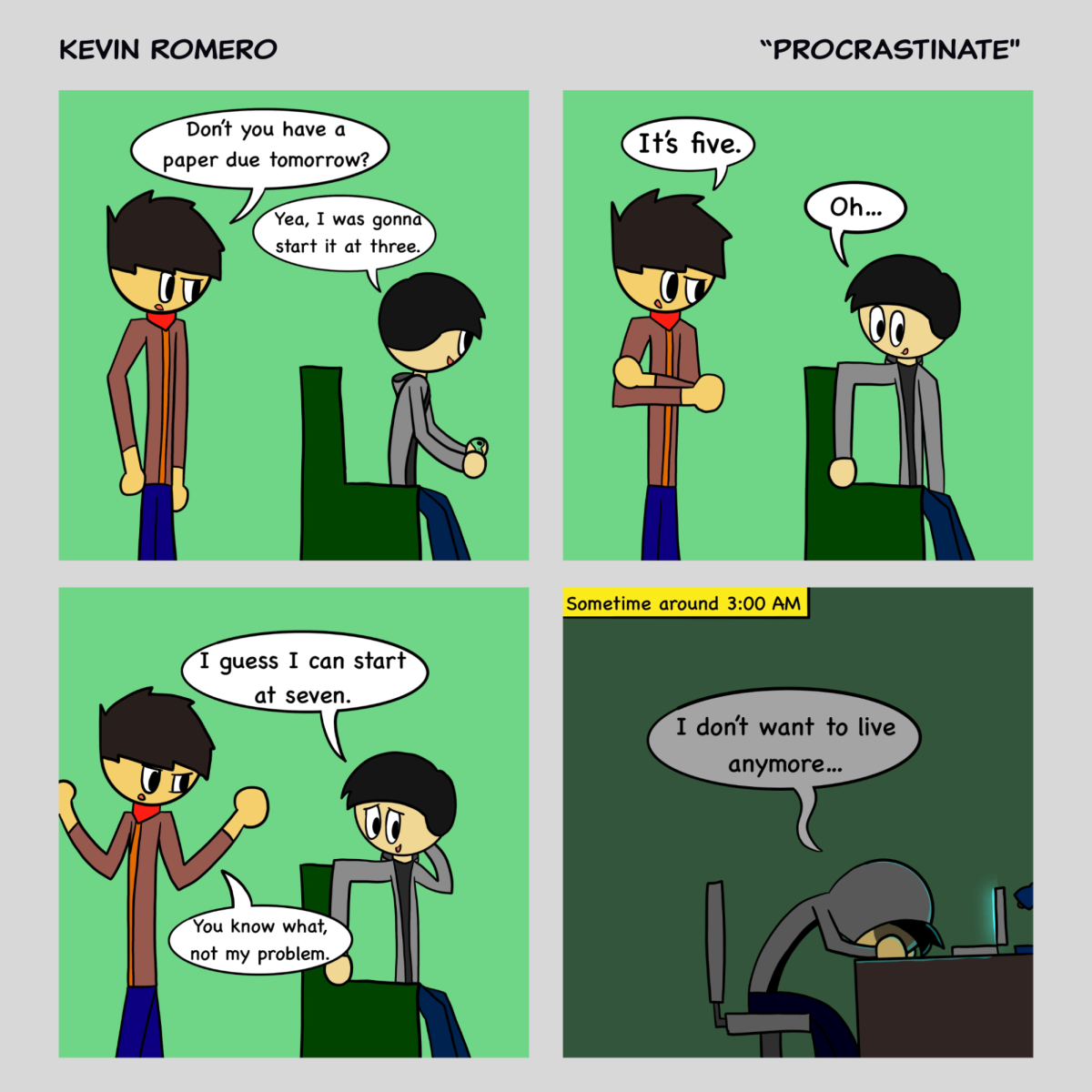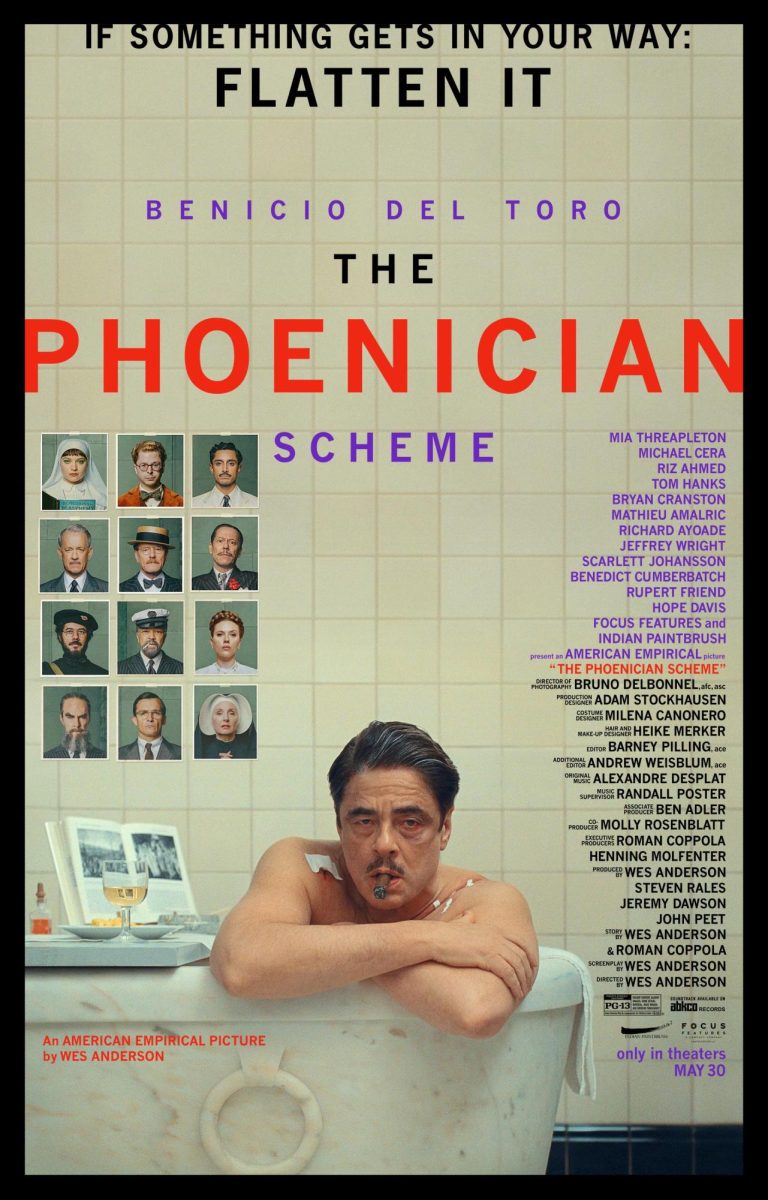King of the Bridge is an indie game in which a player gets stopped by a troll while crossing a bridge. This troll, the king of the bridge, tells the player they must beat him in a game of chess to pass. However, not only are the new rules completely insane, but the troll is constantly trying to cheat!
The game consists of two key components: the chessboard and the rulebook. Whenever the player catches the troll cheating, they can call the piece moved and broken rule. If both accusations are correct, the player gets to cheat back. If not, the troll immediately wins the game.
Although familiar to chess, there are a plethora of rules dissimilar to the original game, and they only get less rational the farther into the book you go. For example, Rule 02 states that players can only move pieces of their own color. A classic rule. However, Rule 03 actually lets players move queens of the other color.
Rule 04 says that pawns can move to either the left, forward, or right by one square. That already is unlike the original game (in which pawns can only move forward unless taking a piece), and becomes even wackier when Rule 06 states that “pawns can also move backwards actually.” And in case you’re looking for any higher meaning, Rule 05 declares that “pawns are actually a metaphor for the invisible troll workers,” so that’s lovely.
Generally, this pattern of rules about piece movement continues: Rule 07 explains how knights move, with Rule 08 being a picture of a horse and nothing else. We eventually make it to the objective, where Rule 10 states that if the white (our player’s) king dies, the troll wins the game. However, the real challenge of the game is displayed with Rule 11, which says that whenever the black (troll) king dies, the crown gets passed onto another piece. This means that to win the game, the player must wipe out every one of the troll pieces, while the troll only has to kill the player’s king.
Besides the basics, there are many other important (and silly) rules the player must keep track of. Rule 15 states that bishops work out of town, and Rule 25 says that any pieces that work out of town can leave the board and come back at any point. Rule 22 also states that whenever a Bishop moves, it leaves behind a “Gift of Knowledge” that instantly kills any piece to land on that space.
Rule 16 transforms any two rooks that “aren’t not” (their words, not mine) adjacent into a castle. Rule 17 then declares that castles generate special valorite scraps. Those do nothing. Rule 28 lets you move castles too, but only when there are three or more rooks left (which never occurs since there are four rooks at the start and it takes two to form a castle).
King of the Bridge has various endings. The Bad Ending, which entails beating the troll while responding to his cheating by cheating back, will be most player’s first. After that most players will go for The Good Ending, which requires beating the troll without cheating back, meaning sitting and absorbing all his cheats.
Besides the two main endings, there are also two miscellaneous ones. Rule 20 states that if a pawn makes it to the other side of the board it will “ascend” (die) with no benefit. The Ascension Ending requires the player to get all eight of their pawns to ascend in one game. It’s absolute hell to achieve since it requires all of your pawns to survive the trek across the board just for them to successfully die one by one. There’s also The Goose Ending, but I won’t spoil it! Each one of these endings gives the player an achievement.
There are 37 achievements in total, and almost everyone requires a strategy to get. For example, Double Kill, one of the easier achievements, asks the player to capture two black pieces in a single move. To do this, the player has to cheat back by stacking two pieces on top of each other, then taking both by moving their own piece.
Other achievements take entire games to get. The hardest for me was Juggler, which required beating the troll without consecutively moving the same piece twice. Although it may sound easy, you generally have fewer pieces to pick between as the game goes on, and one slip-up requires a full restart. Between all the achievements, a relatively small playtime of about 30 minutes increases to 8-10 hours, all for the price of $2.99.
When I first started King of the Bridge, I was confident that it would be the type of game I’d play once, beat, and then forget about. I ended up playing this game for about 30 minutes every day, all cultivating in one final 5-hour session that was spent getting just the juggler and ascension achievements. Overall, this was a surprising favorite of the year, and I highly recommend that anybody who has (or hasn’t) played chess gives it a go!














